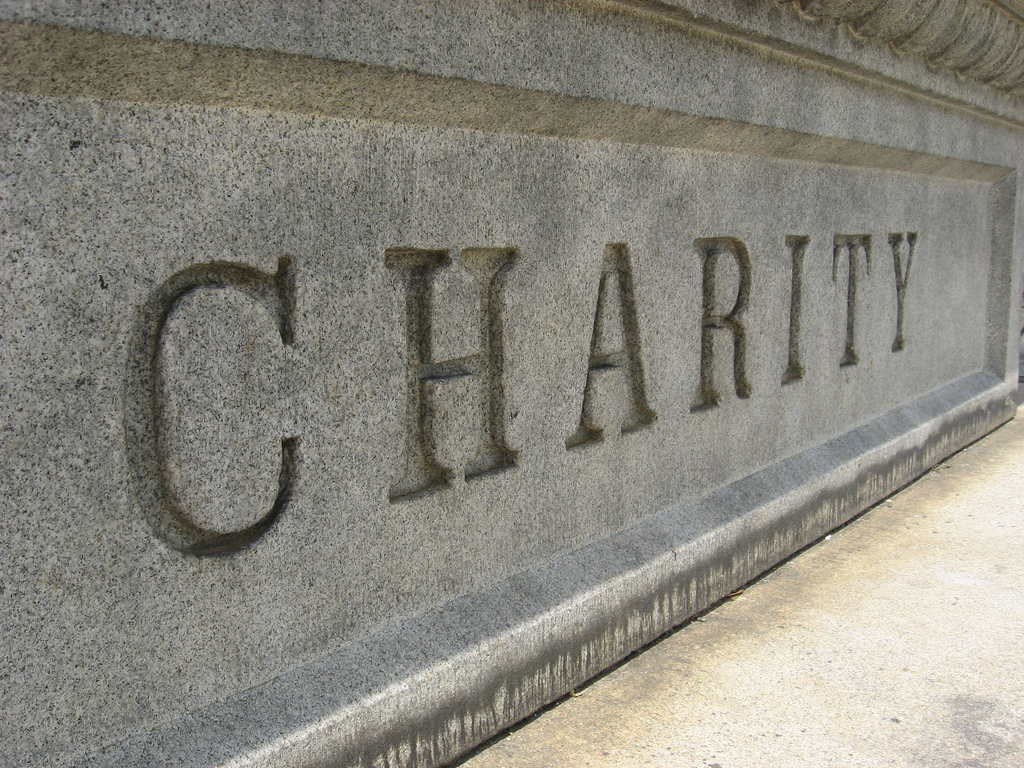For those with a philanthropic mindset, the ability to share resources with others is simply part of their DNA. Death obviously eliminates the ability to share time and energy with organizations that matter to them but death does not have to stop the financial giving. There are incredible mechanisms that can be used to help your charity and your family at the same time. One often major missed application of charitable gifting after death is the inappropriate use of wills.
Gifting via a will or a charitable cause is perfectly acceptable but may not be the most beneficial. We have a program called The Better Giver. The job is not to make individuals bigger givers per se but rather Better Givers. That means how do we take our cherished resources and get the most out of them that benefit both our charity and our families.
My 31 years of experience has observed that most individuals make financial decisions in isolation or what I like to refer to as “silo thinking.” We tend to look at one decision – when to take social Security, conduct Roth IRA conversions, etc. – as a singular choice without looking at all areas of our financial world. Every decision a fiduciary makes (if you are acting alone in your decision making process, you are your own fiduciary!) must be made as if they were in your same situation and the money was theirs to invest, spend or gift.
The Fiduciary Focus (our process at the Financial Enhancement Group) is based on four factors that must be both independently and collectively reviewed: risk and volatility, fees and expenses, taxes but from a view point of both today and tomorrow, and real return.
As stated, there is nothing wrong with using a will as a mechanism to gift but it may not be optimal. For example, many times we review wills (not as an attorney but to understand the families objectives) and find a specific dollar amount being left to a charity. That is ok but always remember specific gifts must be dealt with first. There is a strong advantage to using a percentage of your assets rather than a specific dollar figure.
Many families that have the above situation also have IRA’s or 401k’s that are tax-deferred where their children are the beneficiaries. The heirs will be fully taxed over time on those assets where the church or charity would not be taxed at all! Why leave after-tax dollars to a charity and taxable dollars to your heirs?
In a silo, both of those individual decisions are fine but in a collective world, a fiduciary looking at both your values and objectives along with your taxable and after-tax assets would likely have you make a change. Your IRA or tax-deferred assets can go to the charity and leave the after-tax money in the will to your heirs of choice. We manage many IRA’s that have a percentage of the assets – usually not all – going to a charitable organization.
Disclaimer: Do not construe anything written in this post or this blog in its entirety as a recommendation, research, or an offer to buy or sell any securities. Everything in this post is meant for educational and entertainment purposes only. I or my affiliates may hold positions in securities mentioned in the blog. Please see our Disclosure page for the full disclaimer.


